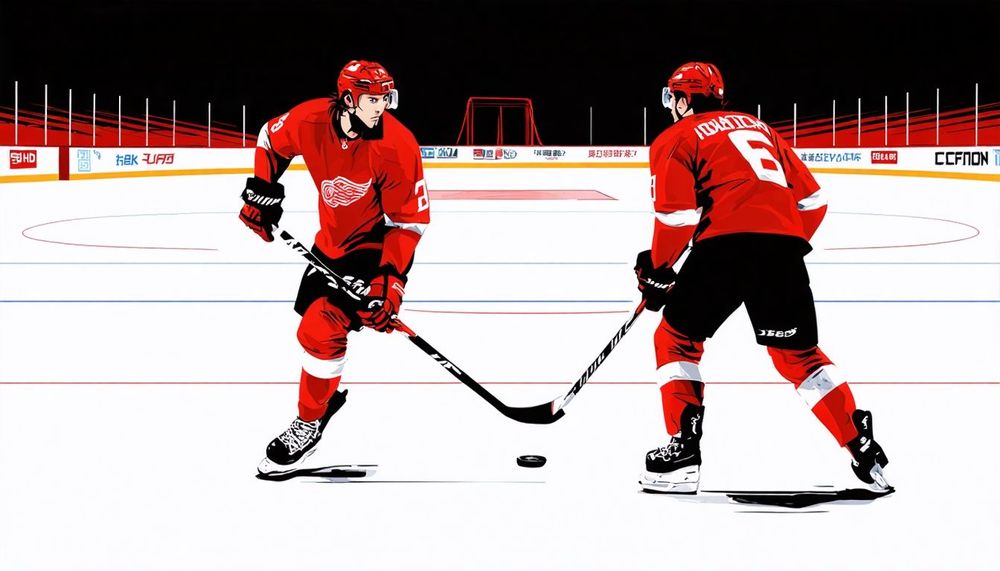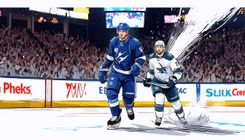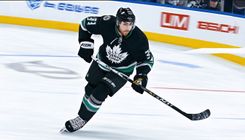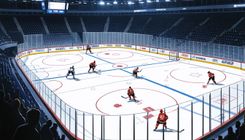Analysis of Unclaimed NHL Free Agents and Their Potential Impact

As of late July, the National Hockey League (NHL) has witnessed the initial waves of its free agency period, which commenced on July 1. This time frame ignited a flurry of activity among team executives, eager to secure contracts with players capable of altering the dynamics of their franchises. Numerous deals amounting to substantial financial commitments were established, many of which are anticipated to have a meaningful impact on the league's competitive landscape. However, a significant number of players remain unclaimed, comprising both restricted and unrestricted free agents. The hockey analysis team at Moneyline has examined this pool to identify players who could potentially provide significant contributions to teams willing to take a calculated risk.
Among the notable players still available is Matt Grzelcyk, a 31-year-old defenseman who was a standout on a struggling Pittsburgh Penguins team last season. Grzelcyk recorded a career-high 40 points while averaging over 20 minutes of ice time per game. Following a one-year contract worth $2.75 million, Grzelcyk's track record suggests he could be an attractive option for any team in need of a reliable left-shot defenseman. His experience and skill set make him a worthy candidate for teams eager to bolster their blue line.
Luke Kunin, drafted 15th overall by the Minnesota Wild in 2016, may not be considered a franchise-changing player. However, at just 27 years of age, he remains a viable option for teams seeking depth in their forward lines. While he has never surpassed 15 goals in a single season and has made stops with four different teams over parts of nine NHL seasons, his recent performance with the Columbus Blue Jackets, especially in advanced statistical metrics, suggests he could be a valuable bottom-six contributor at a potentially reduced cost as he enters free agency.
Evgeny Kuznetsov presents a compelling case for teams looking for a high-risk, high-reward signing. At 33, the former Washington Capitals star is not at the end of his career and has demonstrated goal-scoring ability, including a career-best 27 goals in the 2017-18 season. However, his recent history, which includes time spent in the league’s Player Assistance Program and a subsequent contract termination by the Carolina Hurricanes, raises questions. Kuznetsov has expressed interest in returning to North America, and his 173 career goals suggest he could be a significant asset for a middle-six role, should a team be willing to offer a risk-free, incentive-laden contract.
Mason McTavish, concluding a three-year entry-level deal, is considered a restricted free agent, limiting immediate access for other teams unless they construct an offer sheet or pursue a trade. At 22, McTavish has improved his offensive output, scoring 22 goals and accumulating 52 points last season, making him a highly valuable forward option for teams willing to engage with the Anaheim Ducks. His reported contract demands exceed $5 million annually, reflecting his potential as a significant contributor.
Jack Roslovic is another prominent restricted free agent still available. A former first-round draft pick (25th overall in 2015), Roslovic has recorded a career-high in goals with 22 last season while playing for the Carolina Hurricanes, where he earned $2.8 million. Despite his somewhat transient career across multiple teams, including stints with Winnipeg and Columbus, he possesses versatility as a center and wing, combined with strong advanced analytics from his performances. At just 28 years old, he remains an appealing option for teams seeking depth.
Lastly, Matt Boldy stands out as the youngest player in this analysis. Selected ninth overall by the Minnesota Wild in 2020, Boldy has shown immense potential, scoring 21 and 24 goals in his first two full NHL seasons, along with a significant increase in overall production from 40 to 60 points. A player with an impressive hockey IQ, Boldy's value is heightened by his reported contract expectations ranging from $6 million to $7 million per year, making him an enticing target for teams willing to negotiate.









